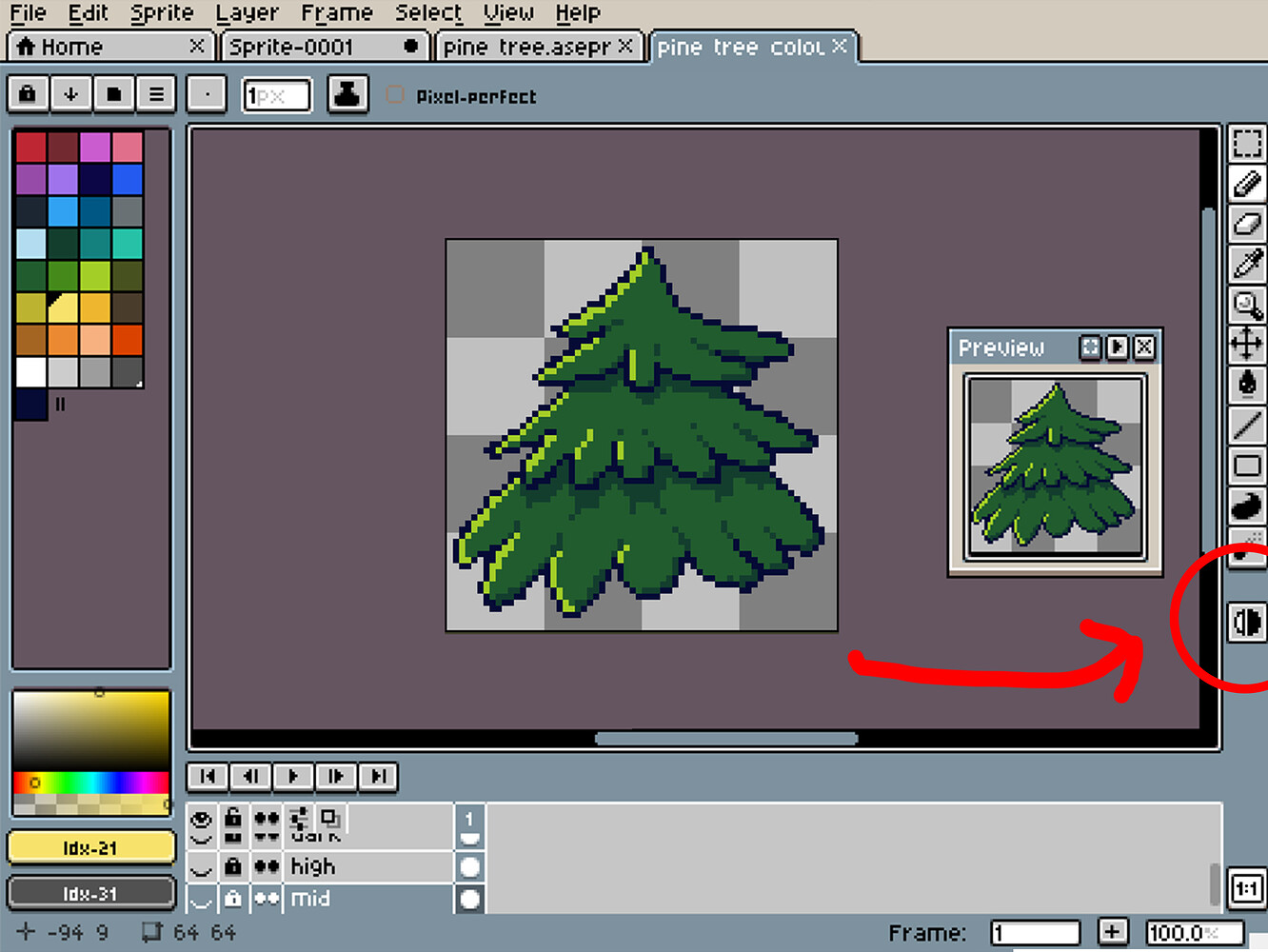
I’ve written it with beginners to Unity and Aseprite in mind, but experts should be able to skim it pretty quickly to understand the tool. In this tutorial we will make a character in Aseprite, animate it, and bring it to life inside Unity.
Aseprite 3d how to#
So here’s a tutorial on how to use Animation Importer in your pixel art project. It was such a lifesaver for us that we decided to shout about it from the internet’s rooftops. Watch steps 2, 3 and 4 from the above list happen automatically right before your eyes.Drag and drop the file into Animation Importer in Unity.Create your texture (png) through Aseprite or Pyxel Edit.Here’s how you do all that with Animation Importer:Ĭreating Animation Assets from a single Aseprite file in Unity Then we discovered (FREE and open source) Animation Importer tool and it solved everything. We debated the merits of using one sprite sheet per character, or one per animation while walking the Red Blue office dog. We spent weeks during the infancy of Sparklite putzing around with different paint programs and custom tools to figure out how we would expedite our pixel art workflow. And it’s equally or even more laborious when you need to update the art. This workflow is clearly not sustainable and a waste of precious development time. Create animation clips one by one to recreate the same clips you planned out when you made your art.Slice the spritesheet into a sprite grid inside the Sprite Editor by entering the cell size.Set the desired Import Settings for the imported texture to match the same settings you’ve used for every other texture you’ve imported.Create a texture (png) through a paint program like Photoshop and import a png into the Unity project.

Here’s what you have to do just to create the assets for a single character: Managing pixel art spritesheets and animations inside Unity without custom tools is a nightmare.


 0 kommentar(er)
0 kommentar(er)
